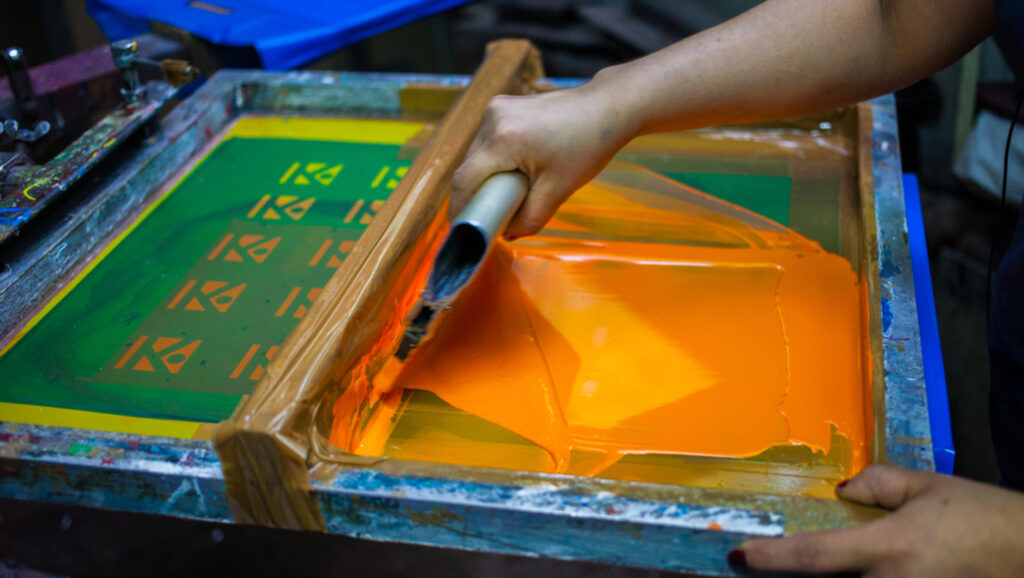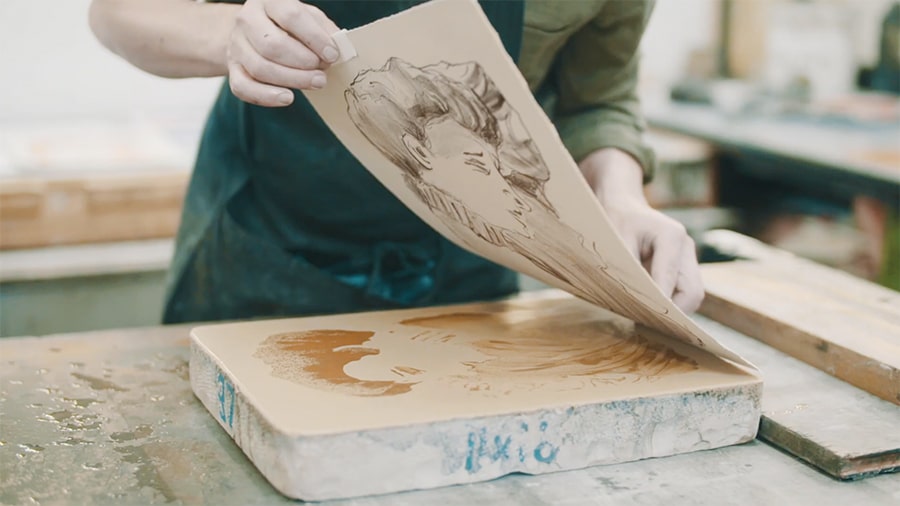
Serigraphy and Lithography: the differences
The difference between Serigraphy and Lithography may be tricky. Whether you are a consumer or an artist, knowing how the art world terminology works can make or break your place in it. If you consider yourself an admirer or a reviewer, however, this is all more demanding.
With that in mind, don’t worry if some terminology seems unfamiliar to you – you aren’t the only one! Even artists are prone to misusing or muddling up some of the terms. Two such complex terms are serigraph and lithograph, which catch collectors’ eyes far and wide. Contrary to popular belief, they’re not the same thing – in fact, there is a world of difference between them.
Besides the creation process, there’s also a stark difference in collectability and value. In that case, if you wonder about the difference between the two, then you’ve come to the right place – here is a complete guide to distinguishing between the two art styles.
The definitions
The word “serigraph” derives from the outcome of the Latin and Greek words for “silk” and “to write or draw,” respectively. Serigraphy basically refers to the printing of an image on fabric with stencils and ink. This is also what someone calls silkscreen.
On the other hand, for a lithograph, you need to print the image onto stone with oil and water. Lithographs come into two types: offset and handmade. The latter refers to the artist or maker throughout the entire process, and that distinction makes hand lithographs more valuable and expensive.
The processes
The main difference between Serigraphy and Lithography is that serigraphs are printed onto fabric, while lithographs are printed on stone plates. A serigrapher places the stencil on the cloth (usual silk) and applies the ink to the silhouette created by the stencil. Unlike the stenciling method for serigraphy, a lithograph is made by printing an image with oil and covering it in ink, which sticks exclusively to the oiled areas. The outcome image is then printed onto paper.


The final product
Another difference between the two art styles is their final quality. A serigraph has much more texture than a lithograph, as the ink pours directly onto the surface of the final product. This method is also likely to result in a more vibrant and vivid end piece. In contrast, a lithograph may have a slightly tinted finish because the lithographer prints the image onto the final surface.
The value
There is no confirmation about which type of print is more valuable – it merely depends on the buyers’ preference. While some may opt for the detailed serigraph print, others may prefer the more affordable lithograph piece. Your decision as a buyer is all about what you prioritize, be it colors, texture, vibrancy, or affordability.
When it comes to the pricing of the two styles, it is also dependent on your vendor. There is no set rule about which piece will be more valuable – depending on the quantity of the stock for a specific work, their prices may skyrocket, whether it is a serigraph or lithograph.
Which piece should you get?
If you are purchasing a piece hoping that its current value will rise shortly, then a serigraph is the way to go. Serigraphs tend to be more valuable and expensive, even compared to limited edition lithographs, and so, it seems to be the obvious choice as a collectible.
Go to Hue&Eye’s Creative Tips to learn more about the contemporary art market and techniques!












